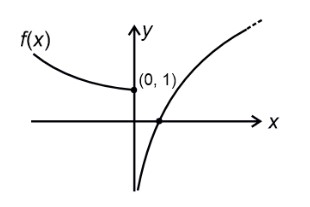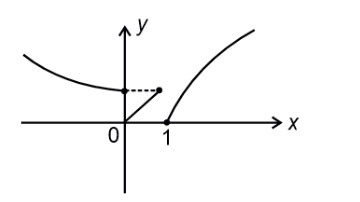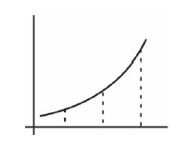Relations and Functions
Get insights from 125 questions on Relations and Functions, answered by students, alumni, and experts. You may also ask and answer any question you like about Relations and Functions
Follow Ask QuestionQuestions
Discussions
Active Users
Followers
New answer posted
a month agoContributor-Level 10
R1 = { (1, 1) (1, 2), (1, 3)., (1, 20), (2, 2), (2, 4). (2, 20), (3, 3), (3, 6), . (3, 18),
(4, 4), (4, 8), . (4, 20), (5, 5), (5, 10), (5, 15), (5, 20), (6, 6), (6, 12), (6, 18), (7. 7),
(7, 14), (8, 8), (8, 16), (9, 9), (9, 18), (10, 10), (10, 20), (11, 11), (12, 12), . (20, 20)}
n (R1) = 66
R2 = {a is integral multiple of b}
So n (R1 – R2) = 66 – 20 = 46
as R1 Ç R2 = { (a, a) : a Î s} = { (1, 1), (2, 2), ., (20, 20)}
New answer posted
a month agoContributor-Level 10
⇒ (y, x) ∈ R V (x, y) ∈ R
(x, y) ∈ R ⇒ 2x = 3y and (y, x) ∈ R ⇒ 3x = 2y
Which holds only for (0, 0)
Which does not belongs to R.
∴ Value of n = 0
New answer posted
a month agoNew answer posted
2 months agoContributor-Level 10
Given f (k) =
Case I : If x is even then g (x) = x . (i)
Case II : If x is odd then g (x + 1) = x + 1 . (ii)
From (i) & (ii), g (x) = x, when x is even
So total no. of functions = 105 * 1 = 105
New answer posted
2 months agoContributor-Level 9
A = {1, 2, 3, ….50}
R1 = (2, 1), (2, 2), (2, 4)…. (2, 32)
(3, 1) (3, 3) (3, 9) (3, 27)
(13, 1) (13, 13) etc.
R2 = { (2, 1), (2, 2), (3, 1), (3, 3), (5, 1), (5, 5), (7, 1), (7, 7), (1, 1), (11, 11)…}
contains only 9 elements.
New answer posted
2 months agoContributor-Level 9
for n = 2, 4, 6 ……
f (n) = 4, 8, 12, ….4 (n) form
for n = 3, 7, 11, 15, ….
f (n) = 1, 3, 5, 7, …. (4n + 1) or, (4n + 3) from
f is one and onto.
New answer posted
2 months agoContributor-Level 9
Let a and b are the roots of
Also, it has a common root with x2 + 2x – 8 = 0
The common root between above two equations is 4.
New answer posted
2 months agoLet f : R →R be a continuous function such that f(3x) – f(x) =. If f(8) = 7, then f(14) is equal to:
Contributor-Level 9
f (3x)- f (x) = x
Replace
Again replace
Also putting x = in f (3x) – 3 = F (14) – 3 = 7 Þ f (14) = 10
Taking an Exam? Selecting a College?
Get authentic answers from experts, students and alumni that you won't find anywhere else
Sign Up on ShikshaOn Shiksha, get access to
- 65k Colleges
- 1.2k Exams
- 679k Reviews
- 1800k Answers




